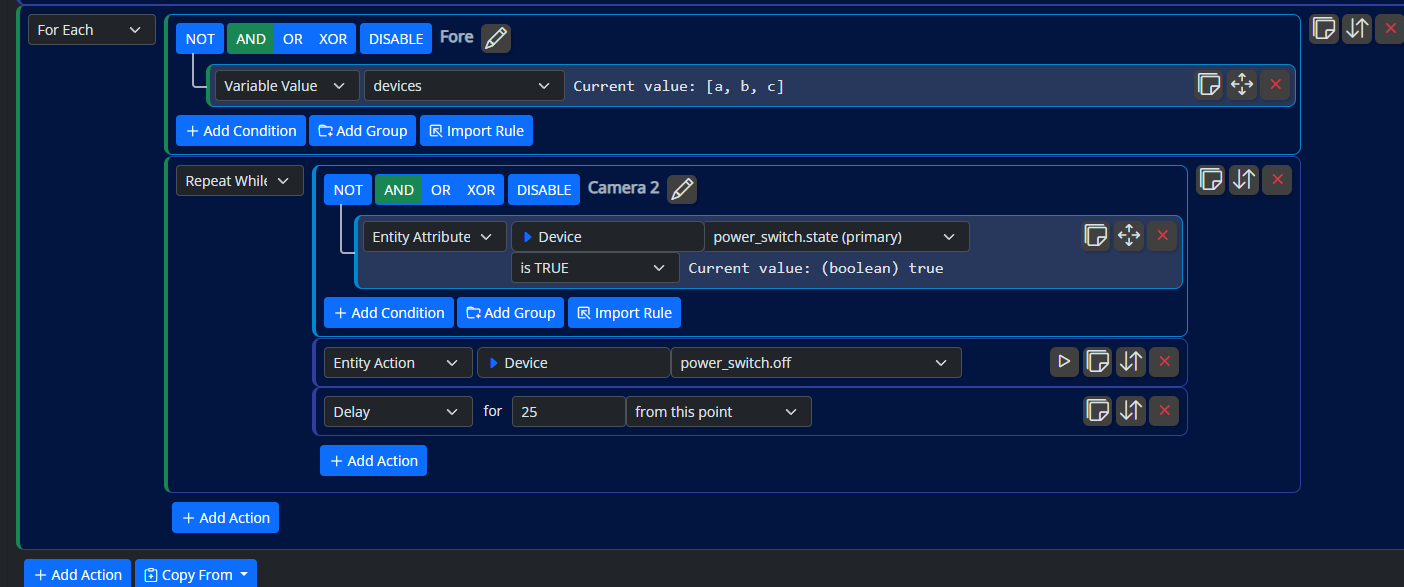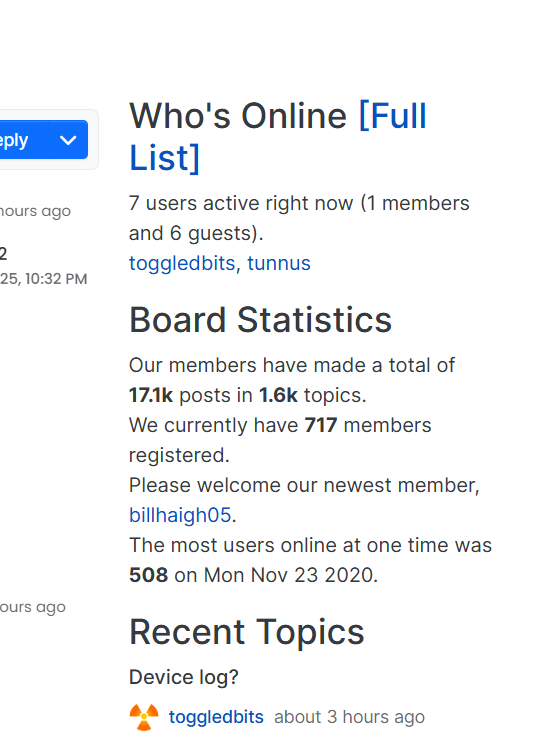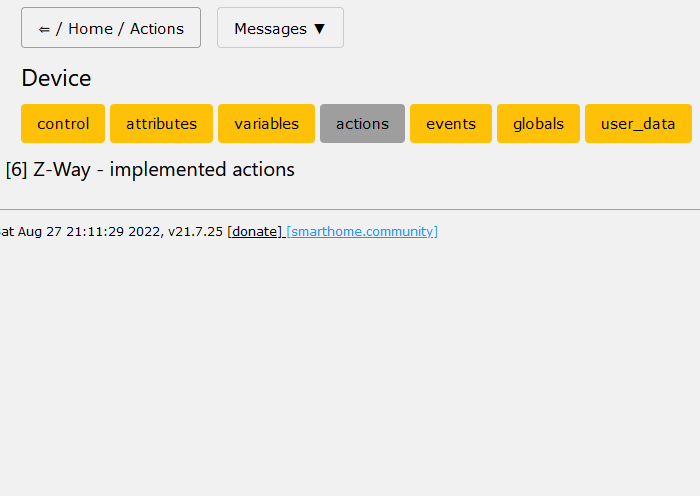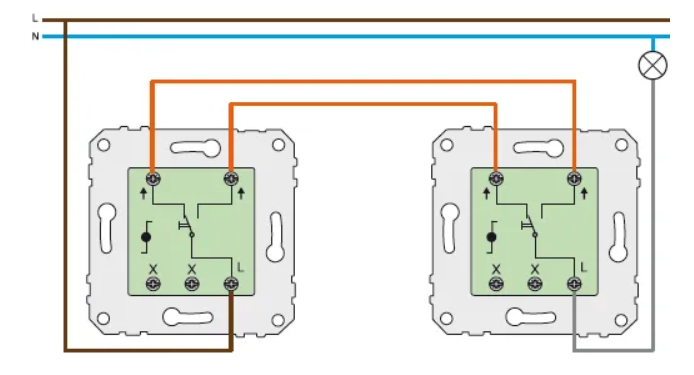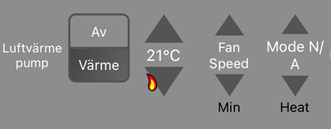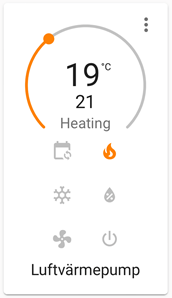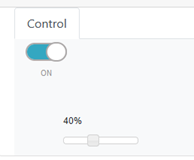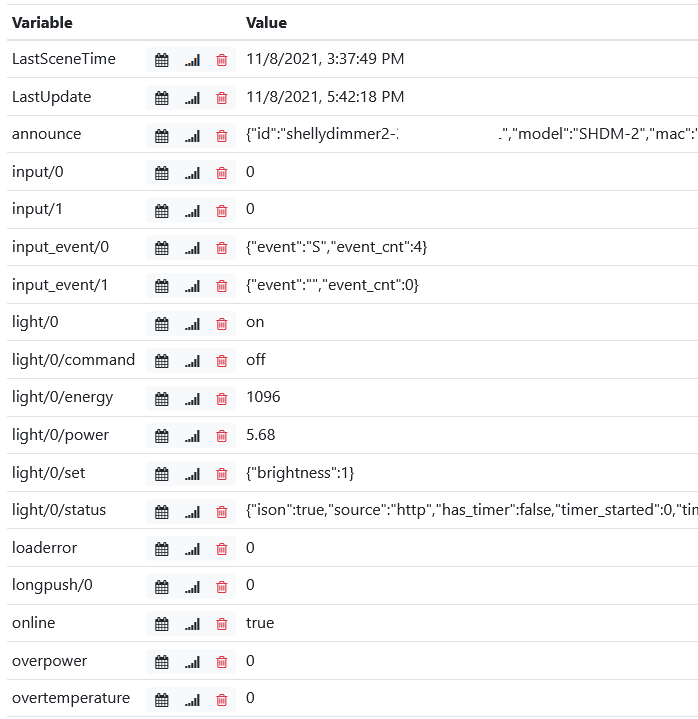@akbooer said in openLuup: Shelly Bridge plugin:
Well, we'll see (the device arrived yesterday)...
Latest development version of openLuup (v21.11.2) has an initial attempt to service the Dimmer2 device:
inputs are handled exactly as the switch device – so, essentially, as a scene controller showing the latest activated scene: short press; long press; etc... This should work for both input switches (if you have any with two.)
on/off button on the control panel should work for the dimmer bulb.
slider control is not yet implemented.
...my current issue is that, although I now have the Shelly Dimmer2 device, I don't have any dimmable bulbs! Everything I have is LED, and they're either non-dimmable or smart devices anyway. In particular, I can't tell whether the power and Watts parameters work correctly for the dimmer.
So I'd appreciate a listing of any bugs that you find, and I'll continue to work on the slider control.
Incidentally, I've update to the latest firmware for this device: 20210909-150154/v1.11.4-DNSfix-ge6b2f6d since it came with a very old version that didn't even publish the model number. It seems to work fine, but I've not updated any other of my devices.
@akbooer thank you for the effort, I installed v21.11.2 and have tested this a bit. 
For a start I have my switch connected to "sw 1". It is a single button switch, defined as a "one button mode" in the Shelly GUI.
"sw 1" seems to report as "light/0" in the Mqtt message.
It does not work fully in OpenLuup yet, below I list what I have found.
Turning on/off with the physical switch:
-
The status in AltUI does change when turning the light on and off.
-
When I turn the light "off" with the physical switch I have:
light/0:
off
light/0/status: {"ison":false,"source":"input","has_timer":false,"timer_started":0,"timer_duration":0,"timer_remaining":0,"mode":"white","brightness":80}
-
When I turn the light "on" with the physical switch (at 80%) I have:
light/0:
on
light/0/status:
{"ison":true,"source":"input","has_timer":false,"timer_started":0,"timer_duration":0,"timer_remaining":0,"mode":"white","brightness":80}
Turning the light on/off in AltUI:
-
The light does not turn on/off when I turn it on/off in AltUI.
-
When I turn it "on" in AltUI I have:
light/0:
off
light/0/status:
{"ison":false,"source":"input","has_timer":false,"timer_started":0,"timer_duration":0,"timer_remaining":0,"mode":"white","brightness":80}
relay/0/command:
on
-
When I turn it "off" in AltUI I have:
light/0:
off
light/0/status:
{"ison":false,"source":"input","has_timer":false,"timer_started":0,"timer_duration":0,"timer_remaining":0,"mode":"white","brightness":80}
relay/0/command:
off
When I turn it "on" in AltUI it looks like this:
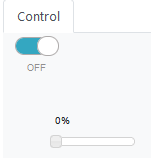
When I turn on the light with the physical switch it looks like this:
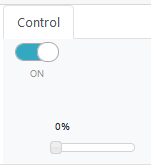
In Mqtt Explorer I have the following:
Light on (i.e. turned on with the physical switch):

Light off (i.e. turned off with the physical switch):

Turning on in AltUI (but light off):
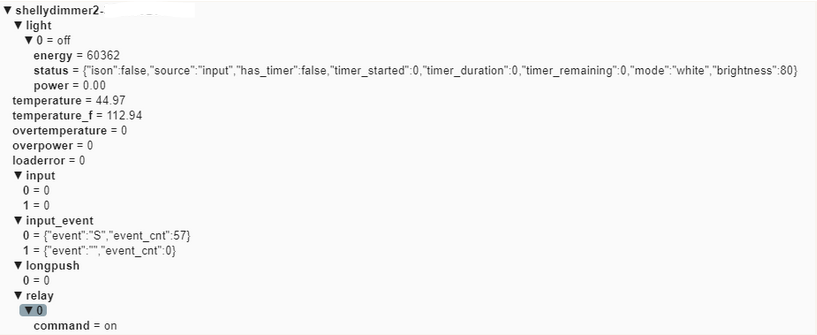
Turning off in AltUI (light still off):

The "relay/0/command" command that is sent from AltUI does in other words not to give any effect on the Shelly device. In fact with a fresh Mqtt Explorer session it only emerges when turning on/off in AltUI.
Hopefully this gives some hints to what is wrong. Let me know if you need more information.
@akbooer said in openLuup: Shelly Bridge plugin:
...my current issue is that, although I now have the Shelly Dimmer2 device, I don't have any dimmable bulbs! Everything I have is LED, and they're either non-dimmable or smart devices anyway. In particular, I can't tell whether the power and Watts parameters work correctly for the dimmer.
Dimmable LED lights are a bit tricky still. Some of them work and some of then do not work very well. It can be a bit of a pain to find good ones. The upside is that the Shelly dimmer can be changed from trailing and leading edge dimming (under "Calibration"). This should hopefully mean that it can be a little bit better to adapt to different lights.
@akbooer said in openLuup: Shelly Bridge plugin:
Incidentally, I've update to the latest firmware for this device: 20210909-150154/v1.11.4-DNSfix-ge6b2f6d since it came with a very old version that didn't even publish the model number. It seems to work fine, but I've not updated any other of my devices.
Excellent news that the latest FW seems to work, I will test it later on one of my devices. 

